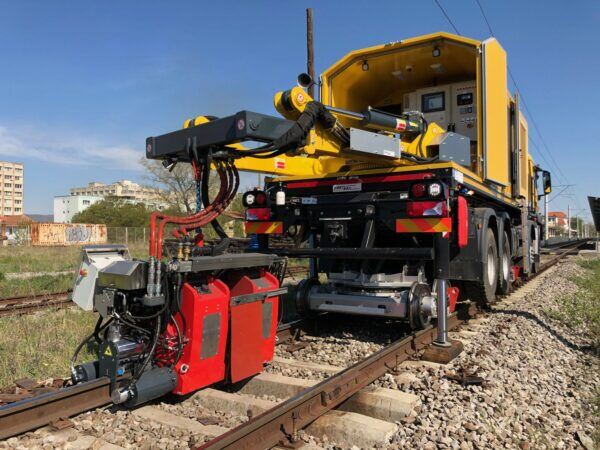
Railways have long been at the heart of global transportation systems, enabling the movement of people and goods over vast distances. While sleek trains and expanding networks often steal the spotlight, the hidden elements—like how rails are joined together—are just as vital for the performance and safety of a railway system. One of the most important innovations supporting modern railway development is advanced welding technology.
Modern Demands Require Advanced Technology
As cities grow and transportation needs evolve, rail infrastructure must keep pace. This means building tracks that can handle increased loads, higher speeds, and more frequent use—all while minimizing downtime for maintenance. Traditional jointing methods are no longer sufficient for these demands, which is why railway construction companies are turning to state-of-the-art solutions like flash-butt welding.
Flash-butt welding machines offer superior performance by creating high-strength, seamless joints between rail sections. These welds are not only stronger than mechanical joints but also more durable, reducing the risk of track deformation or failure over time. By eliminating gaps and misalignments, flash-butt welding contributes to quieter, smoother rides and significantly lowers maintenance costs.
Mobile Welding: Efficiency on the Move
Another significant development in rail welding is the rise of mobile welding units. Unlike stationary systems, mobile rail welding machines allow teams to perform welding directly on the track, no matter how remote or complex the terrain.
This flexibility brings several key advantages:
- Reduced Logistics: No need to transport rail segments to off-site welding facilities.
- Time Savings: On-site welding shortens project timelines and speeds up track commissioning.
- Lower Costs: Minimizing transport and handling reduces labor and equipment expenses.
- Operational Continuity: Crews can work during maintenance windows or limited disruptions, keeping rail lines operational.
Precision, Repeatability, and Smart Control
What sets modern rail welding technology apart is the precision and repeatability it offers. Flash-butt welders equipped with automatic control systems ensure uniform weld quality across every joint. This eliminates human error and allows for consistent performance across large-scale projects.
Advanced flash-butt welding systems also feature:
- Digital control panels for setting weld parameters
- Real-time monitoring of temperature, pressure, and weld cycle
- Data logging for quality assurance and post-weld analysis
- Energy-efficient operation through smart power management
These features support not only efficiency but also safety, by ensuring that each weld meets strict industry standards and tolerances.
Enabling Smarter Rail Infrastructure
The adoption of cutting-edge welding solutions is more than a matter of convenience—it's a strategic decision that supports the modernization of global rail systems. Smart welding technology enables better planning, faster implementation, and longer-lasting infrastructure.
As demand for high-speed rail and heavy-duty freight transport grows, rail operators and construction firms must invest in reliable technologies that can sustain long-term performance. High-quality welds mean fewer service interruptions, extended track life, and safer journeys for passengers and cargo alike.
Modern railways are built not just on speed and capacity, but on the strength and precision of their components. Flash-butt welding and mobile welding solutions represent a leap forward in how rails are joined—helping create seamless networks that can withstand the demands of today and tomorrow.
By choosing innovative solutions, the railway industry is building smarter, stronger, and more sustainable infrastructure—one weld at a time.







